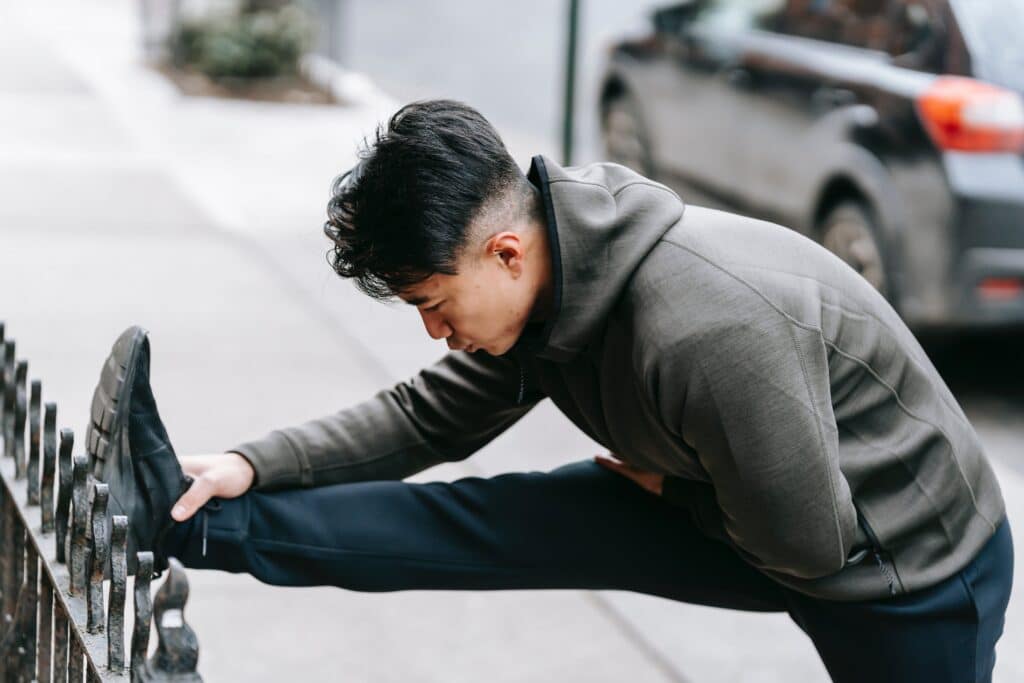 5-star Fitness
5-star Fitness
 5-star Fitness
5-star Fitness

Ever felt dizzy or like the room is spinning unexpectedly? If these moments are happening more often, it could be a sign of a balance issue. Lots of older adults deal with feeling off-balance or dizzy, which can lead to falls. Recent studies suggests that balance may begin to decline as early as age 50. Causes may range from medications and balance disorders to various health conditions. Making balance training a priority as you age is essential, and by taking preventive measures, you can ensure smoother movement, independence, and ease in daily activities.
While there are many potential causes for balance problems, here are some of the most common offenders.
Medication Side Effects:
Some medicines, especially for older adults with multiple prescriptions, can make you feel dizzy or affect your balance.
Age-Related Changes:
Getting older brings changes in vision, muscle, joints, and inner ear function, all of which can mess with your balance.
Medical Conditions:
Conditions like arthritis, neuropathy, vestibular disorders, diabetes, and heart problems can add to balance troubles.
Environmental Factors:
Things at home, like poor lighting and uneven floors, can up the chances of falls and mess with your balance.
Lack of Physical Activity:
Not staying active can weaken muscles and reduce flexibility, both essential for keeping your balance.

As we get older, staying steady on our feet becomes really important to prevent serious falls. How do we tackle this? Through balance training. It includes exercises that make our muscles stronger and boost coordination, lowering the chances of life-changing falls. Consider it like investing in a longer, more independent future—a superpower for a confident and graceful journey as the years go by.
Balance training is about controlling your center of gravity and making your feet more stable. It helps improve your sense of body position, stability, and coordination. You achieve this by doing exercises that work on your core muscles and involve both your upper and lower body.
Better Control of Movements:
Improves your sense of body position and coordination, making movements more controlled.
Reduced Risk of Falls:
Strengthens your balance, especially for older adults, preventing falls by making muscles stronger and more stable.
Improved Athletic Performance:
Enhances agility, reaction time, and overall performance in sports and physical activities.
Stronger Core Muscles:
Engages and strengthens your core muscles, crucial for overall body strength and stability.
Supports Joint Health:
Lowers the risk of injuries and stress on joints, especially in areas like ankles, knees, and hips.
Better Posture:
Results in improved posture, reducing strain on your spine and decreasing the chance of back or neck pain.
Sharper Brain Function:
Stimulates the brain, improving cognitive function, possibly reducing the risk of cognitive decline.
Boosts Confidence:
Increases confidence in daily activities, exercises, and sports, improving your overall quality of life.
Aids Rehabilitation:
Often included in rehabilitation programs to help recover from injuries or surgeries.

Static Balance Exercises:
Holding positions without movement to improve stability. (ie: Standing on one leg for stability.)
Dynamic Balance Exercises:
Movement-based exercises that challenge balance. (ie: Walking heel-to-toe for controlled balance.)
Proprioceptive Exercises:
Focus on enhancing body awareness through various movements. (ie: Closing eyes, stand on a pillow for body awareness.)
Coordination Exercises:
Activities that challenge coordination while maintaining balance. (ie: Squatting on a wobble board for balance and precision.)
In a nutshell, focusing on balance is not just about avoiding falls; it’s an all-encompassing investment in your overall well-being. At Premier Fitness Camp, we get that. Our program goes beyond the usual emphasis on strength and weight loss to include building better balance.
Balance is more than just standing steady; it’s about adopting a lifestyle that boosts confidence, stability, and grace. By including balance training, we aim to give you the tools to navigate aging with confidence. Imagine confidently taking each step, free from the fear of stumbling. That’s the promise of a balanced lifestyle, offering benefits beyond preventing falls. It’s about standing tall, moving purposefully, and facing each day with renewed energy.
As you journey toward better health, remember that balance is not just a physical skill; it’s a mindset. It’s the embodiment of resilience and the key to a more vibrant future. At Premier Fitness Camp, we’re here to guide you in building both strength and balance, so you’re not just standing upright – you’re standing strong, ready for whatever life brings.
Megan Brandt
Fitness Director